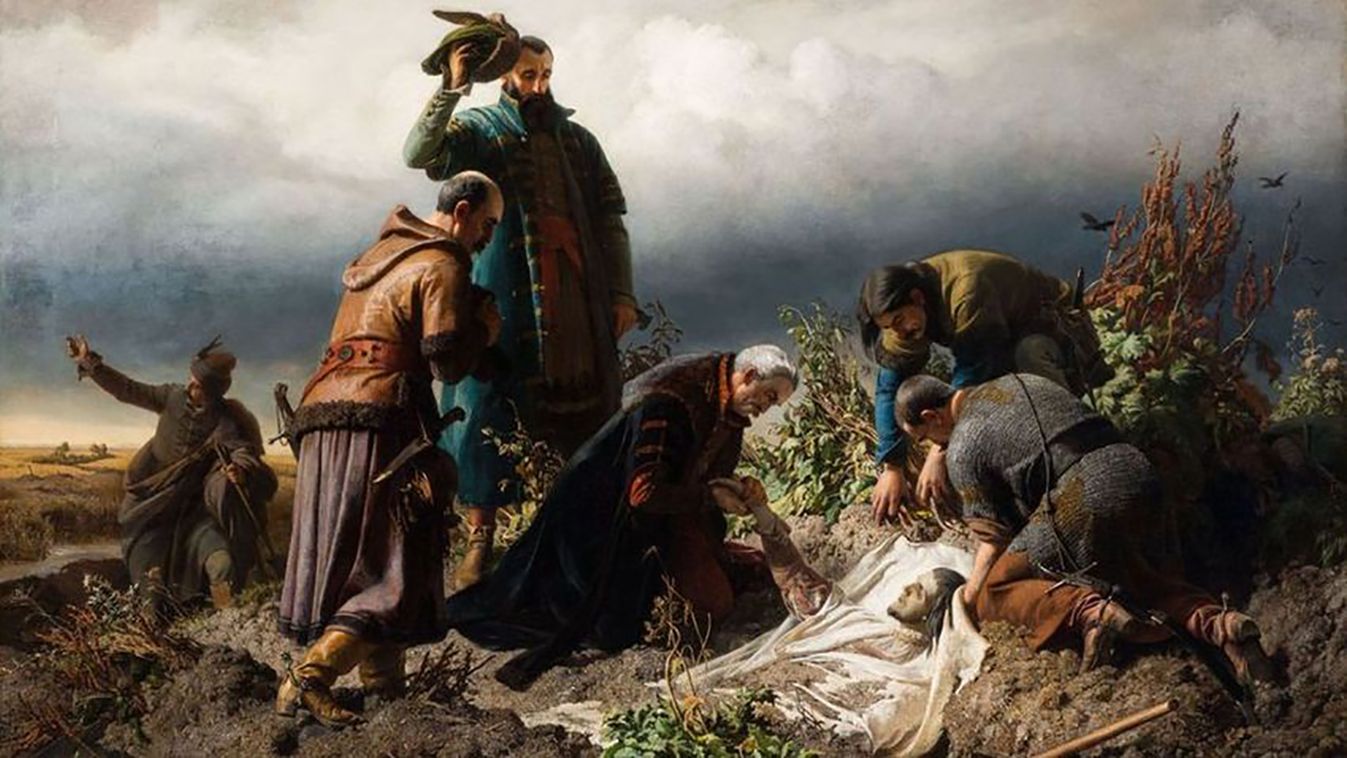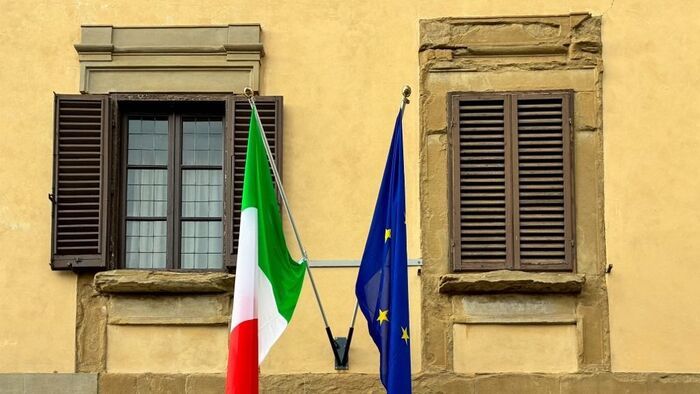Although it is not officially a national mourning day, every Hungarian who's graduated from high school knows (well, at least in principle) why and what a grief-stricken day August 29th is. The Battle of Mohacs, known in Hungary as the catastrophe of Mohacs, took place on this day in 1526, nearly half a millennium ago. The big battle ended with Sultan Suleiman of the Ottoman Empire inflicting a crushing defeat on the Hungarian army defending their homeland – and Christian Europe.
In our national mythology, the topos that Hungary is "a nation of catastrophes" still exists, with Muhi, Mohacs, Majteny, Vilagos and Trianon marking the symbolic main stages. Many believe that the ultimate cause of the heartless and senseless dismemberment of our country and nation by the Treaty of Trianon goes back to the disaster at Mohacs.
Mohacs is an eternal symbol, a reference point and a grievance for all Hungarians with national sentiments, who are interested in their past, and perhaps want to learn from it in the spirit of the maxim that history is the teacher of life.
The 500th anniversary upcoming in three years' time, will obviously once again draw attention to one of the most significant – and controversial – turning points in Hungarian history. For now, however, I would just like to point out that 29 August is a special, symbolic day in our history, apart from and beyond Mohacs. For example, five years before the fateful Battle of Mohacs, on this very day, Suleiman occupied the southern gateway of the Kingdom of Hungary, Nandorfehervar (present-day Belgrade, Serbia), whose heroic defenders successfully beat off two previous attacks on this key stronghold in 1440 and 1456. Also on this very day in 1541, fifteen years after Mohacs, he occupied Buda, the country's capital, not with cannons and swords, but by trickery.
Thus, 29 August became Suleiman's lucky day and a day of mourning for our nation.
That this was hardly a coincidence, cultural historian Sandor Ozsvath proposes an interesting theory : in Christian culture, 29 August is the day of the beheading of the prophet John the Baptist - the forerunner and baptiser of Jesus - and highly-educated Suleiman was well aware of this. It is also interesting that the world-conquering sultan launched all his campaigns on (or around) St. George's Day from the European (Balkan) rallying point. The siege of Koszeg also ended on 29 August in 1532 after Suleiman, leading his army towards Vienna, failed to conquer the small border fort (Kingdom of Hungary) and had to content himself with Captain Miklos Jurisics placing the horse-tail standard (with the banner saying "There is one God and Muhammad is his prophet") on top of the ruined fort. At 11 am on 29 August, the Ottoman army retreated from the fort and the bells in Koszeg are rung at 11 am to this day.























Szóljon hozzá!
Jelenleg csak a hozzászólások egy kis részét látja. Hozzászóláshoz és a további kommentek megtekintéséhez lépjen be, vagy regisztráljon!